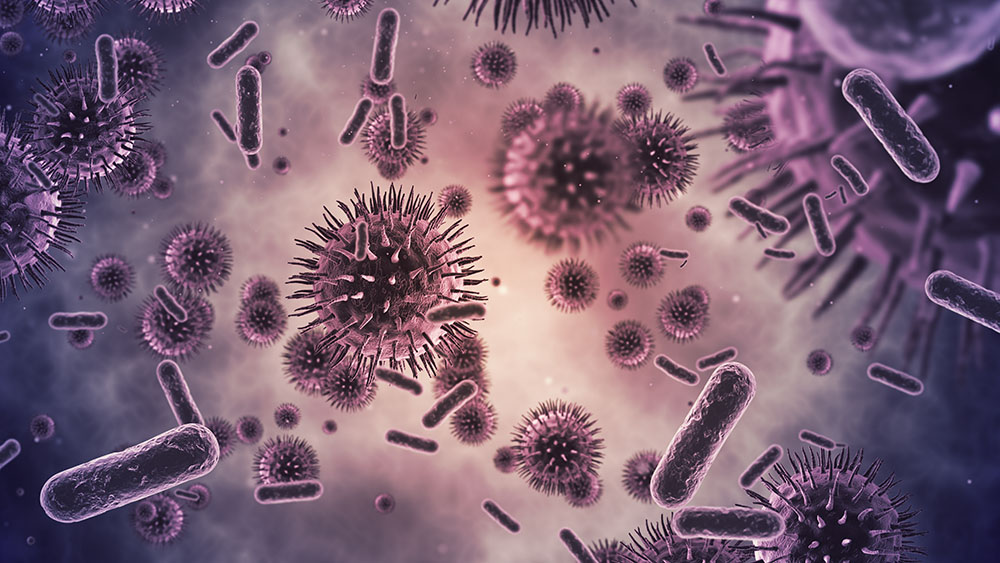
With the millions of bacteria that naturally exit in the environment and the many more that can be engineered for biological warfare, the need to recognize whether a bacterium is potentially harmful is ever-increasing.
To rapidly identify different bacteria that exist in a given sample, Dr. Arum Han, professor in the Department of Electrical and Computer Engineering at Texas A&M University, is developing a microfluidic device, a type of microchip, that can classify microorganisms as safe or unsafe within a span of minutes, which could otherwise take days, or even longer, with current methods.
For this ambitious project, Han and his collaborators at the Texas A&M College of Medicine have received a $15 million Defense Advanced Research Projects Agency grant.
To determine the virulence of bacteria, Han’s device will screen the microbes for five-10 criteria that include toxin production, skin penetrability and resistance to antibiotics. Furthermore, his device is small and portable, making it handy for on-site measurements of bacteria present in soil or water.
Thinking ahead, Han is also partnering with Dr. Arun Jayaraman, the Ray B. Nesbitt Professor of Chemical Engineering at Texas A&M, to find ways to grow bacteria in a laboratory, particularly for those microbes that are novel or too few in number in a sample. In this way, information about these unfamiliar bacteria can be incorporated into the microfluidic technology so that the device can rapidly identify these bacterial strains if encountered again.
Han notes that his tiny bacteria identification system will benefit both military personnel who often find themselves in unknown, foreign environments and the general population who are exposed to a myriad of existing and emerging infectious diseases.
